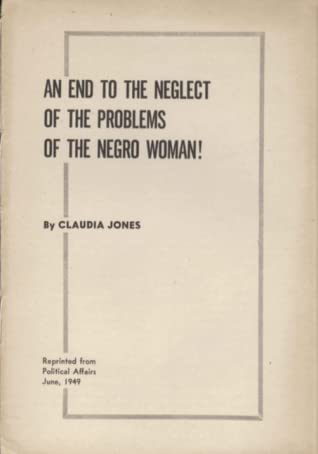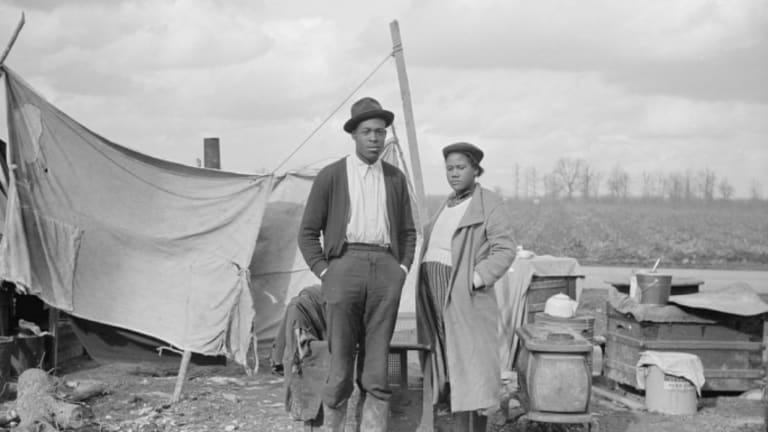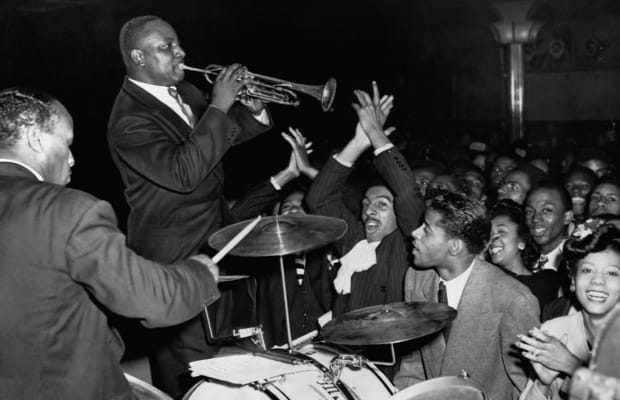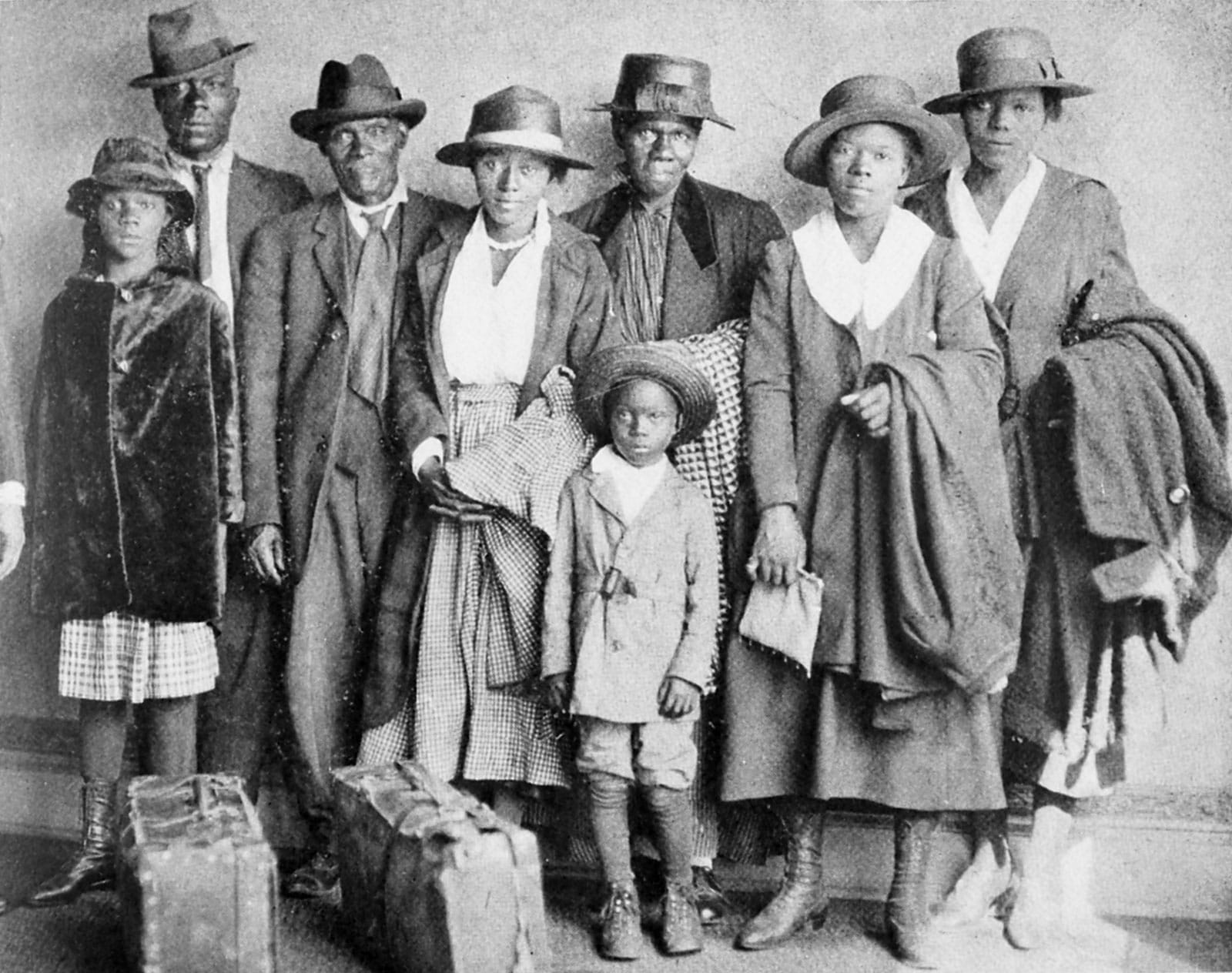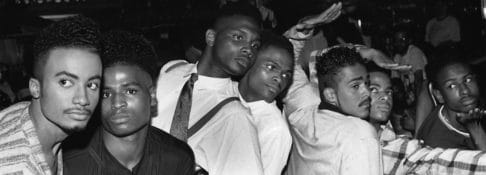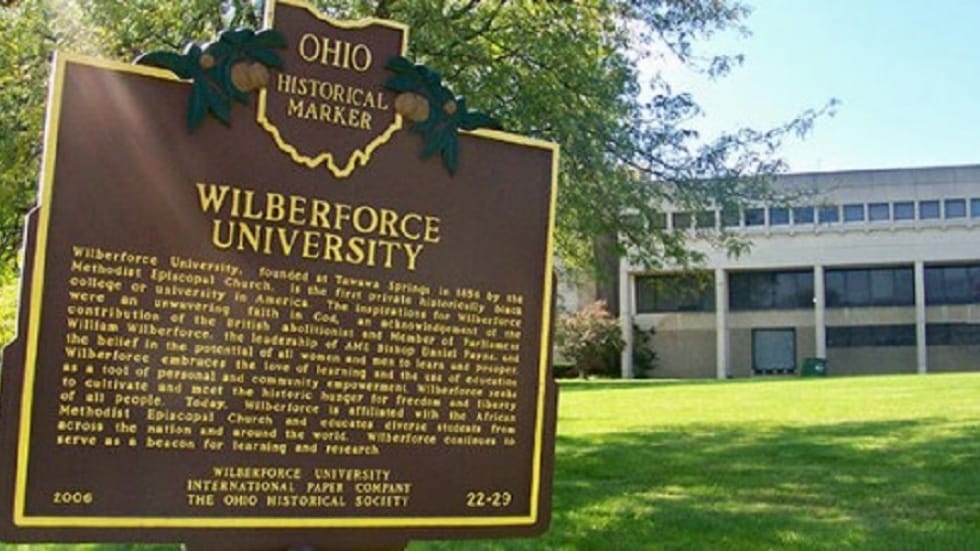In 1949, Claudia Jones, a Trinidad-born feminist, leader in the American Communist Party, journalist, editor, theorist, and co-founder of the Notting Hill Carnival, published her essay, “An End to the Neglect of the Problems of the Negro Woman.” In this essay, she discusses the mistreatment of Black women in the U.S. and the need to mobilize people against sexism, white supremacy, and imperialism.
Category: Cultural
The Great Depression
The Great Depression, which spanned from 1929 to 1939, was the most devastating economic downturn in the history of the industrialized world. By 1933, 15 million Americans were unemployed. While many of the images and historical records of that time center white people, Black people were the most severely impacted and were said to be “last hired, first fired.” Due to this, Black people organized and formed grassroots organizations and protests to highlight discriminatory hiring practices. The momentum from these actions influenced and carried over into the civil-rights movement that came decades later.
Harlem Renaissance
The Harlem Renaissance was one of the most significant cultural movements in U.S. Black history. Spanning roughly from the 1910s to the mid-1930s, the Harlem Renaissance was a golden era of creation and collaboration between Black writers, musicians, dancers, and visual artists. Some of the most notable figures associated with the Harlem Renaissance include Langston Hughes, Zora Neale Hurston, Countee Cullen, Louis Armstrong, and Josephine Baker.
The Great Migration
“The Great Migration was the relocation of more than six million African Americans from the rural South to the cities of the North, Midwest, and West from about 1916 to 1970. Driven from their homes by unsatisfactory economic opportunities and harsh segregationist laws, many Blacks headed north, where they took advantage of the need for industrial workers that first arose during the First World War. During the Great Migration, African Americans began to build a new place for themselves in public life, actively confronting racial prejudice as well as economic, political, and social challenges to create a Black urban culture that would exert enormous influence in the decades to come.”
Formation of Social and Political Clubs
Due to Black women being excluded from services that benefitted white women and Black men, the club movement, which began in the 1890s, became an avenue for Black women to educate each other, share resources, and build community. While the club movement was initially critiqued by some for being elitist and for pandering to the white gaze, the movement evolved from being centering on self-improvement and cultural activities to also becoming a platform for organizing and activism around such issues as lynching and suffrage.
Race Women
Race women were Black women intellectuals who studied and discussed race-related issues. They were activists, institution builders, and public thinkers who were often faced with the insurmountable task of “proving the intellectual character of the race.” In Beyond Respectability, Brittney Cooper showcases the genius of race women while also inviting us into their humanness and their lives beyond their work.
Ball Culture and Community
Ball culture is an LGBTQ+ subculture and safe haven for Black and brown queer people. Through participating, or “walking,” in a ball, participants get the chance to compete for titles, prizes, and trophies—and, most importantly for many, to build community. While ball culture is said to have emerged in the 1920s in New York City, historic accounts show that drag balls have occurred since the 1800s.
Wilberforce University
Wilberforce University, which was founded in 1856, was the first private historically Black college/university (HBCU) in the United States. It was named after 18th-century abolitionist William Wilberforce and was built to support the abolitionist cause while also providing Black people with a college education.

